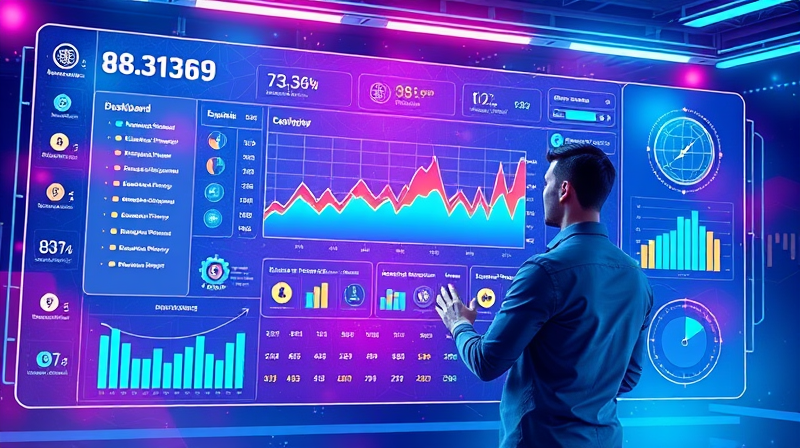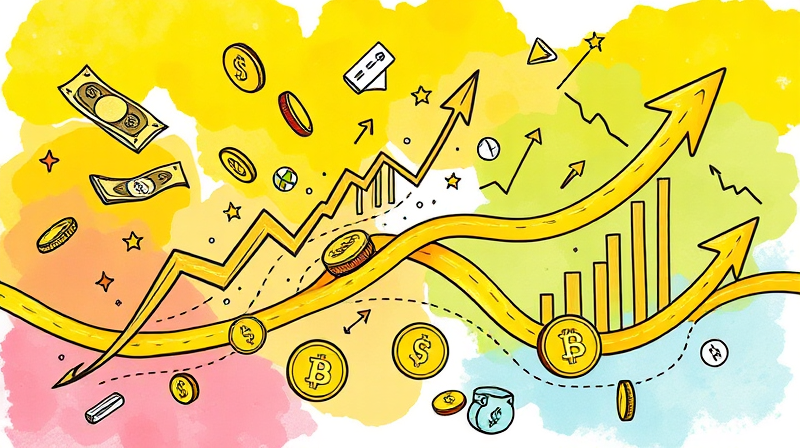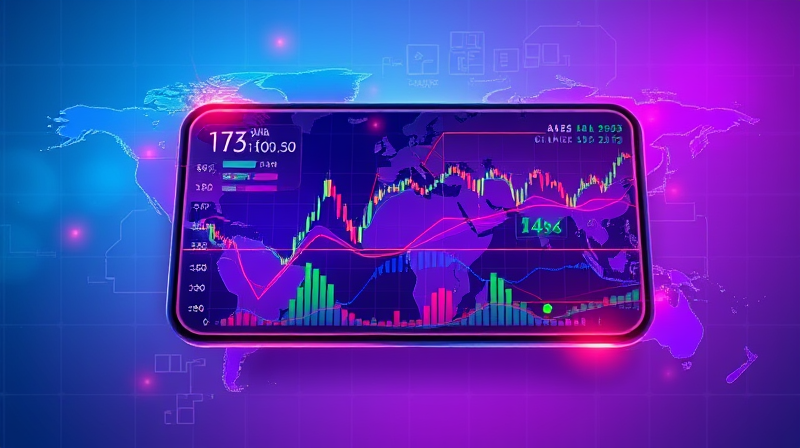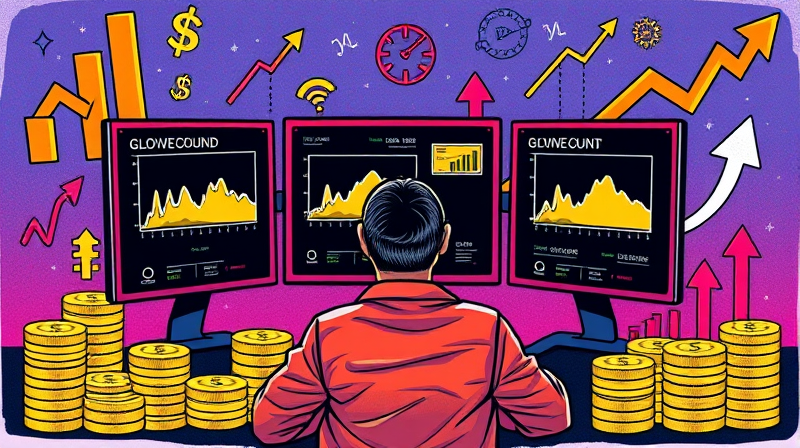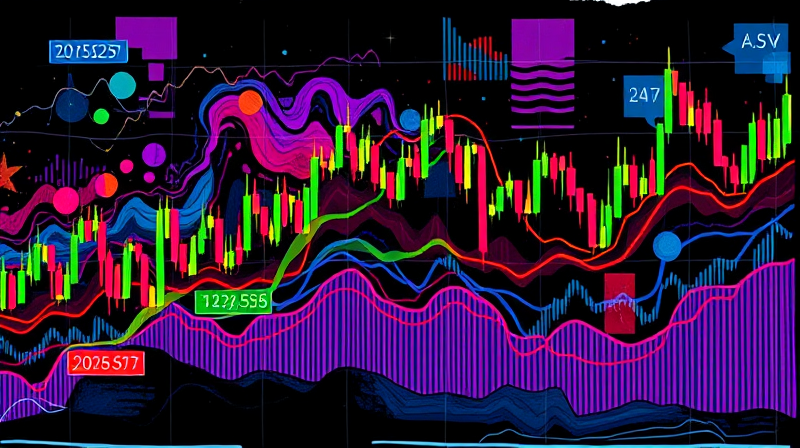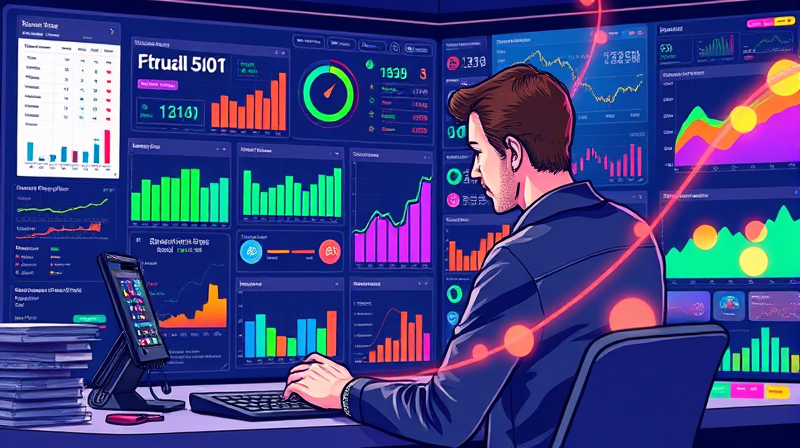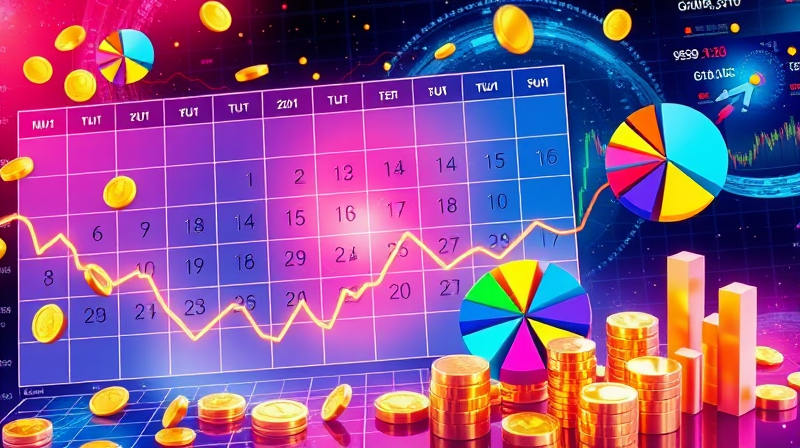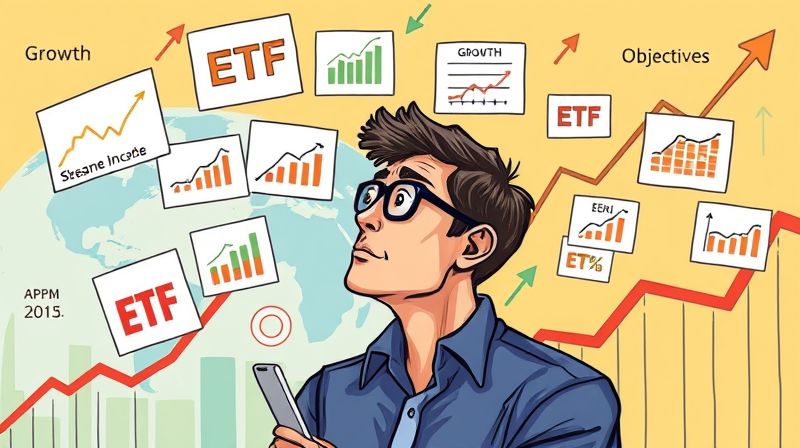
Exchange-traded funds (ETFs) have revolutionized investing by offering broad market access, cost efficiency, and ease of trading. Yet, with over 4,300 U.S.-listed ETFs and countless global options, finding the right fund for your strategy can feel overwhelming. A custom ETF screener helps you zero in on funds tailored to your unique goals, risk tolerance, and values.
In this guide, you’ll learn how to craft an ETF screener that empowers you to discover high-quality funds aligned with your objectives—whether that’s growth, income, inflation protection, or ESG focus. You’ll gain practical steps, essential criteria, and best practices to make confident, data-driven decisions.
Relying on generic fund lists or chasing popular ETFs can lead to missed opportunities and hidden risks. By aligning screeners with investment objectives, you can:
A tailored screener ensures you evaluate ETFs through the lens of your personal strategy, rather than broader market trends or marketing hype.
Before building your tool, identify the filters most relevant to your aims. Consider:
Other vital filters include dividend yield, liquidity (trading volume and bid/ask spreads), issuer reliability, and specialty strategies such as factor-based or thematic exposures.
Follow these structured steps to set up a screener that consistently surfaces top candidates.
To illustrate, the table below outlines recommended thresholds for key metrics.
If you’re targeting capital appreciation in technology, filter for sector ETFs with high historical returns, low tracking error, and sizeable AUM. For an income-focused portfolio, screen bond and dividend equity ETFs by yield, credit quality, and duration. To guard against inflation, focus on Treasury Inflation-Protected Securities (TIPS) ETFs and commodity funds, emphasizing real yield and expense ratios.
Many investors fall into traps that can derail performance. Watch out for:
Best practices include using watchlists to track promising funds, leveraging portfolio builder tools to simulate allocations, and reviewing fund closures or restructurings.
Once your screener is set, integrate it into a disciplined workflow:
By combining solid data filters with periodic human review, you harness both precision and insight, ensuring your ETF selections remain aligned with your goals.
Building your own ETF screener is an empowering step toward establish a clear investment goal and executing a robust strategy. With the right criteria, practical thresholds, and ongoing diligence, you’ll cut through the noise of thousands of funds to pinpoint those that truly serve your needs. Equip yourself with these tools, and transform the way you discover, compare, and manage ETFs for lasting success.
References




